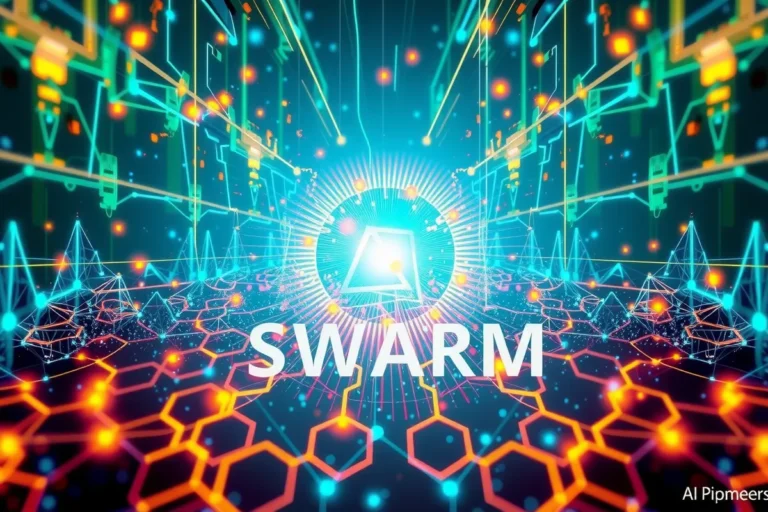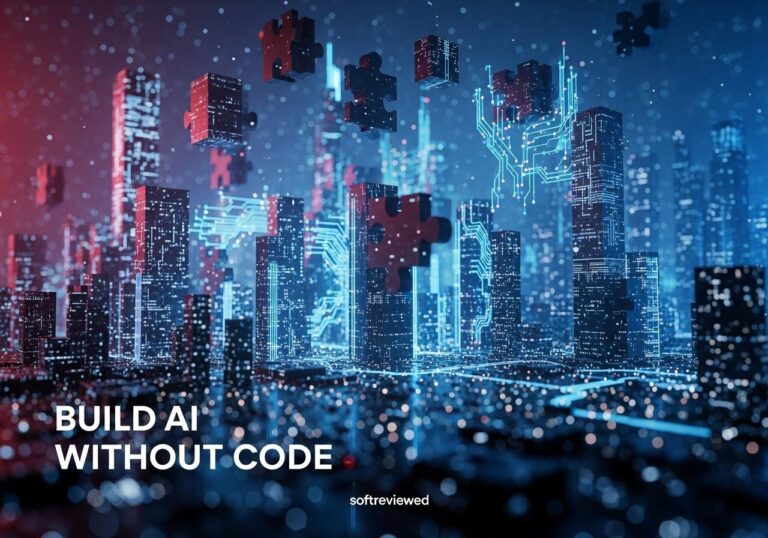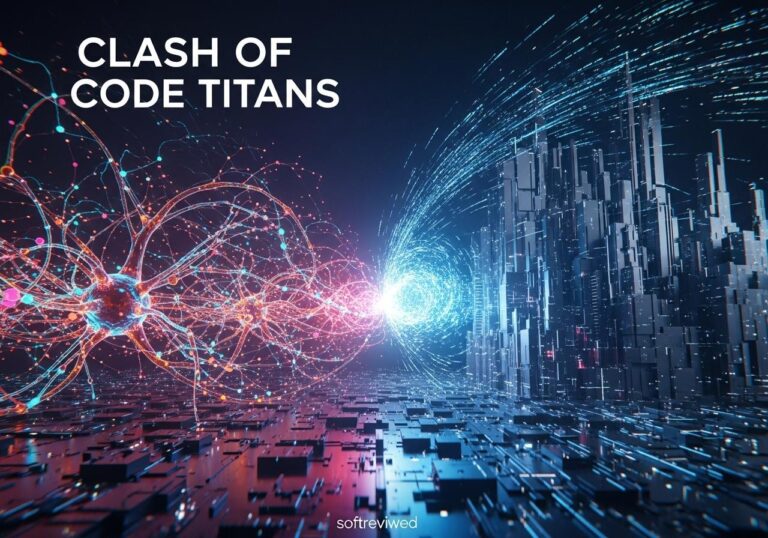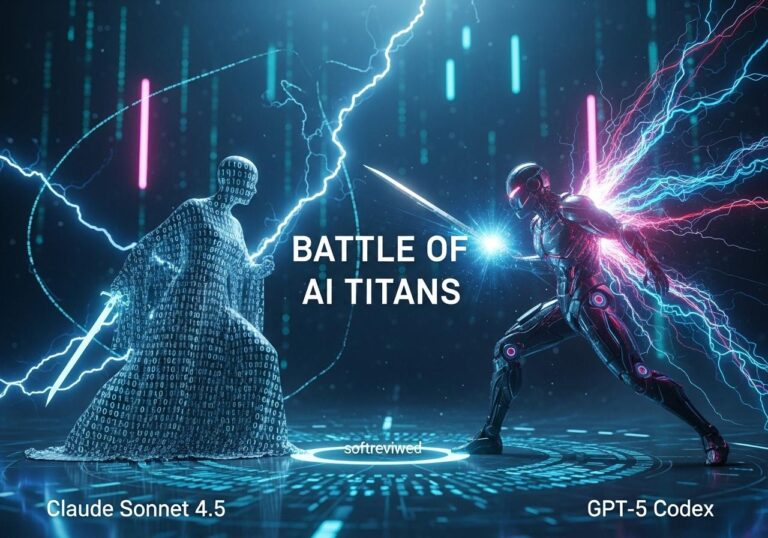OpenAI’s Swarm: Revolutionizing Multi-Agent Systems
Swarm is an experimental framework designed to simplify the management and coordination of multi-agent AI systems.
Simplified Multi-Agent Management
Swarm uses routines and handoffs to streamline coordination in multi-agent systems, making complex task management more efficient.
Lightweight Experimental Sandbox
Provides a lightweight environment for developers to experiment with multi-agent systems, focusing on agents and handoffs for complex tasks.
Key Concepts
Two core concepts in Swarm are Agents (independent workers with specific capabilities) and Handoffs (seamless task transfers between agents).
Future Potential
Multi-agent systems enabled by Swarm are critical for next-generation AI applications, particularly for complex tasks requiring collaboration.
Market Context
Swarm is part of a larger AI movement, with frameworks like Microsoft’s AutoGen and crewAI also advancing multi-agent systems.
Experimental Nature
Swarm is not intended for production use, serving as a developer’s playground for testing and exploring multi-agent ideas.
In the rapidly evolving world of artificial intelligence, a new paradigm is emerging that promises to revolutionize how AI systems operate and collaborate. Enter OpenAI's Swarm, an experimental framework that offers a tantalizing peek into the future of multi-agent AI systems. While not the first of its kind, Swarm represents a significant step forward in the exploration of collaborative AI, joining the ranks of other pioneering projects in this space.
What is OpenAI Swarm?
OpenAI Swarm is an experimental framework designed to demonstrate the potential of multi-agent AI systems. It's important to note that Swarm is not a production-ready tool, but rather a sandbox for developers to explore and experiment with the concepts of agent collaboration.
At its core, Swarm introduces two fundamental concepts:
- Agents: Specialized AI entities designed to handle specific tasks or roles within a larger system.
- Handoffs: The mechanism by which these agents can pass tasks between one another, enabling complex workflows and collaborations.
This lightweight framework allows developers to test ideas and concepts without the complexity of more mature, fully-featured systems.
The Power of Specialization

One of the key strengths of Swarm lies in its ability to create specialized agents. Each agent in a Swarm system can be tailored to handle a specific part of a workflow, much like specialized team members in a human organization.
For example, in a customer service scenario, you might have:
- An agent for initial inquiries
- Another for technical support
- A third for handling after-sales assistance
This specialization allows for greater efficiency and clarity in task execution, as each agent is optimized for its specific role.
Swarm in Action: A Simple Example
To better understand how Swarm works, let's look at a basic example:
from swarm import Swarm, Agent
client = Swarm()
def transfer_to_agent_b():
return agent_b
agent_a = Agent(
name="Agent A",
instructions="You are a helpful agent.",
functions=[transfer_to_agent_b],
)
agent_b = Agent(
name="Agent B",
instructions="Only speak in Haikus.",
)
response = client.run(
agent=agent_a,
messages=[{"role": "user", "content": "I want to talk to agent B."}],
)
print(response.messages[-1]["content"])
# Output:
# Hope glimmers brightly,
# New paths converge gracefully,
# What can I assist?
In this scenario, Agent A initiates the conversation but recognizes that the user needs to speak with Agent B. It then hands off the conversation, demonstrating the seamless collaboration between agents.
Swarm vs. Other Multi-Agent Frameworks
While Swarm offers an accessible entry point into multi-agent systems, it's important to recognize that it's not alone in this space. Other notable frameworks include:
- Microsoft AutoGen: A more robust solution focusing on complex workflows with memory and state management across agents.
- crewAI: Designed to streamline business processes by automating tasks with modular agents.
These frameworks offer more mature and feature-rich environments for developing multi-agent systems. However, Swarm's simplicity makes it an excellent starting point for developers new to the concept.
Exploring Swarm's Potential
OpenAI has provided a rich set of examples in Swarm's GitHub repository, showcasing various applications such as:
- Customer service bots
- Triage agents
- Complex workflow management
These examples serve as practical demonstrations of how multi-agent systems can be applied to real-world scenarios.
The Future of Multi-Agent AI Systems
As AI continues to advance, the importance of multi-agent collaboration is becoming increasingly apparent. The ability to orchestrate multiple specialized agents to tackle complex tasks represents a significant leap forward in AI capabilities.
However, this new paradigm also raises several important questions:
- Will future AI models be able to handle more tasks internally, or will we always need specialized agents?
- What new challenges will arise as we scale these systems to thousands of agents?
- How will multi-agent systems evolve to meet the growing demands of real-world AI applications?
How Will OpenAI’s Operator Influence the Development of Multi-Agent AI Systems Like OpenAI Swarm?
Openai’s operator transforms task automation landscape by enabling seamless collaboration between multiple agents. This innovative approach enhances the efficiency and adaptability of multi-agent AI systems like OpenAI Swarm. As individual agents learn from each other, they collectively improve problem-solving capabilities, paving the way for new advancements in AI-driven solutions.
Conclusion: A New Frontier in AI
OpenAI's Swarm, while experimental, offers a fascinating glimpse into the future of AI. By demonstrating how multiple agents can work together seamlessly, it opens up new possibilities for tackling complex problems and workflows.
As we stand on the brink of this new era in artificial intelligence, frameworks like Swarm, AutoGen, and crewAI are paving the way for more sophisticated, collaborative AI systems. While there are still many questions to be answered and challenges to overcome, the potential of multi-agent AI systems is undeniable.
For developers and AI enthusiasts alike, now is the time to explore, experiment, and imagine the possibilities that multi-agent collaboration could bring to the world of artificial intelligence. The future of AI isn't just about bigger models – it's about smarter collaboration, and Swarm is helping to lead the way.
Key Features of OpenAI Swarm Framework
This chart illustrates the key features and goals of OpenAI Swarm, highlighting its focus on modularity, agent handoffs, and scalability.







